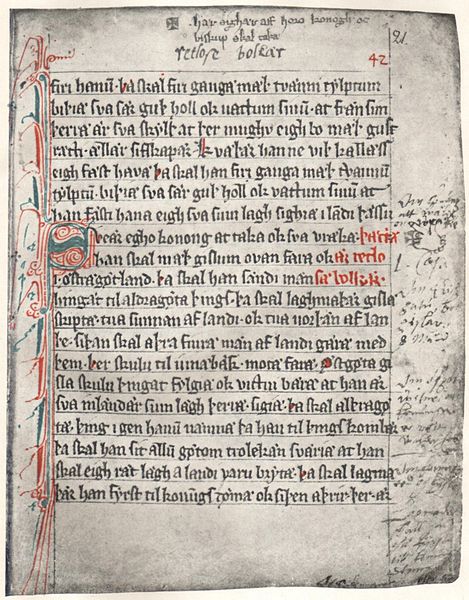Hygelac was a king of the Geats according to the poem Beowulf. It is Hygelac's presence in the poem which has allowed scholars to tentatively date the setting of the poem as well as to infer that it contains at least some points of historical fact. Beowulf gives Hygelac's genealogy: according to the poem, he was the son of Hrethel and had two brothers Herebeald and Hæþcyn, as well as an unnamed sister who was married to Ecgtheow and was the mother of the hero Beowulf. Hygelac was married to Hygd, and they had a son Heardred and an unnamed daughter who married Eofor. When Hygelac's brother Hæþcyn was fighting with the Swedes, Hygelac arrived at Hrefnesholt one day too late to save his brother Hæþcyn, but he managed to rescue the surviving Geatish warriors, who were besieged by the Swedish king Ongentheow and his three sons. The Swedes found refuge at a hill fort but were assaulted by the Geats. In the battle, the Swedish king was slain by Eofor. After the death of his brother Herebeald, Hygelac ascended the Geatish throne. After he was killed during a raid on Frisia, Hygelac was succeeded by Heardred, according to Beowulf.

Anachronistic portrait depicting a battle between Franks and Danes in 515, from Jean Fouquet's illumination in the Grandes Chroniques de France, Tours, c 1455-60
Hettergouw at the lower Rhine, inhabited by the Attoarii or Hetware, who killed Hygelac, according to Beowulf, line 2916
The Geats, sometimes called Goths, were a large North Germanic tribe who inhabited Götaland in modern southern Sweden from antiquity until the Late Middle Ages. They are one of the progenitor groups of modern Swedes, along with Swedes and Gutes. The name of the Geats also lives on in the Swedish provinces of Västergötland and Östergötland, the western and eastern lands of the Geats, and in many other toponyms.
Geatish settlements during the 6th century, within the red lines. The green areas show the main areas of North Germanic settlement in Scandinavia.
Sveær egho konong at taka ok sva vrækæ and the following sentences in the Westrogothic law




